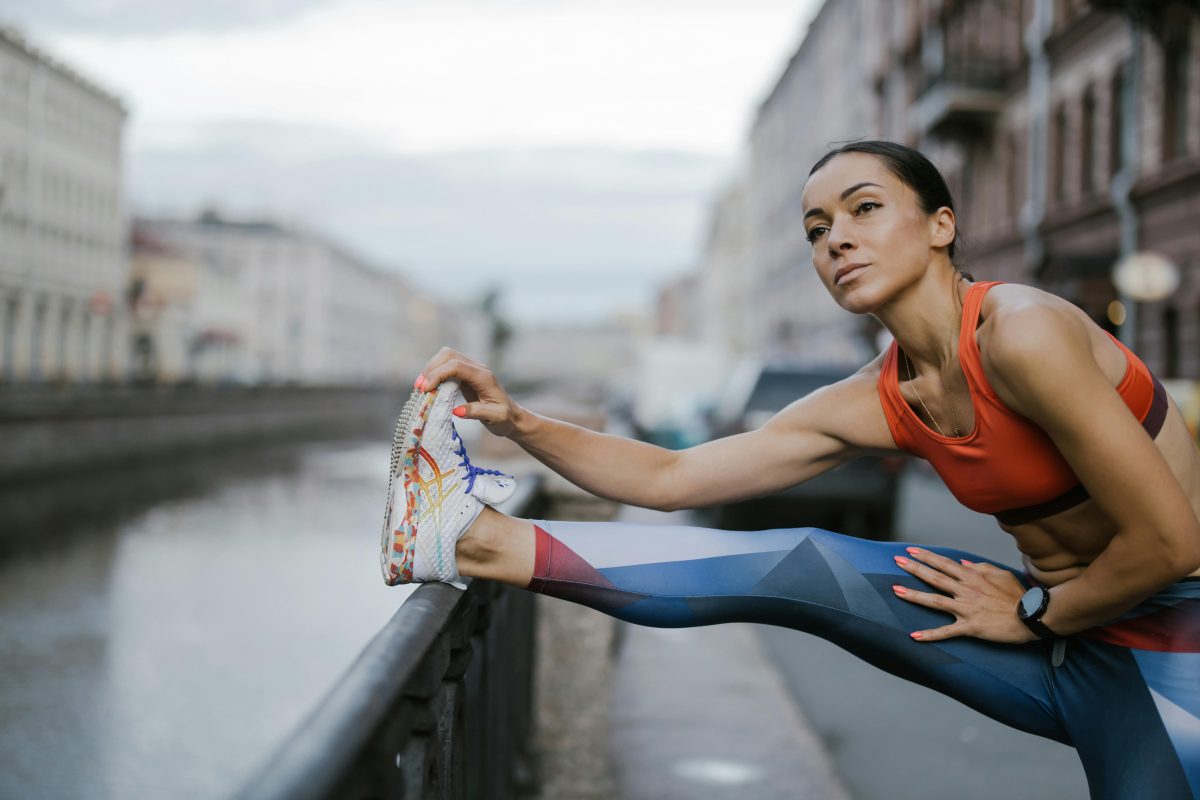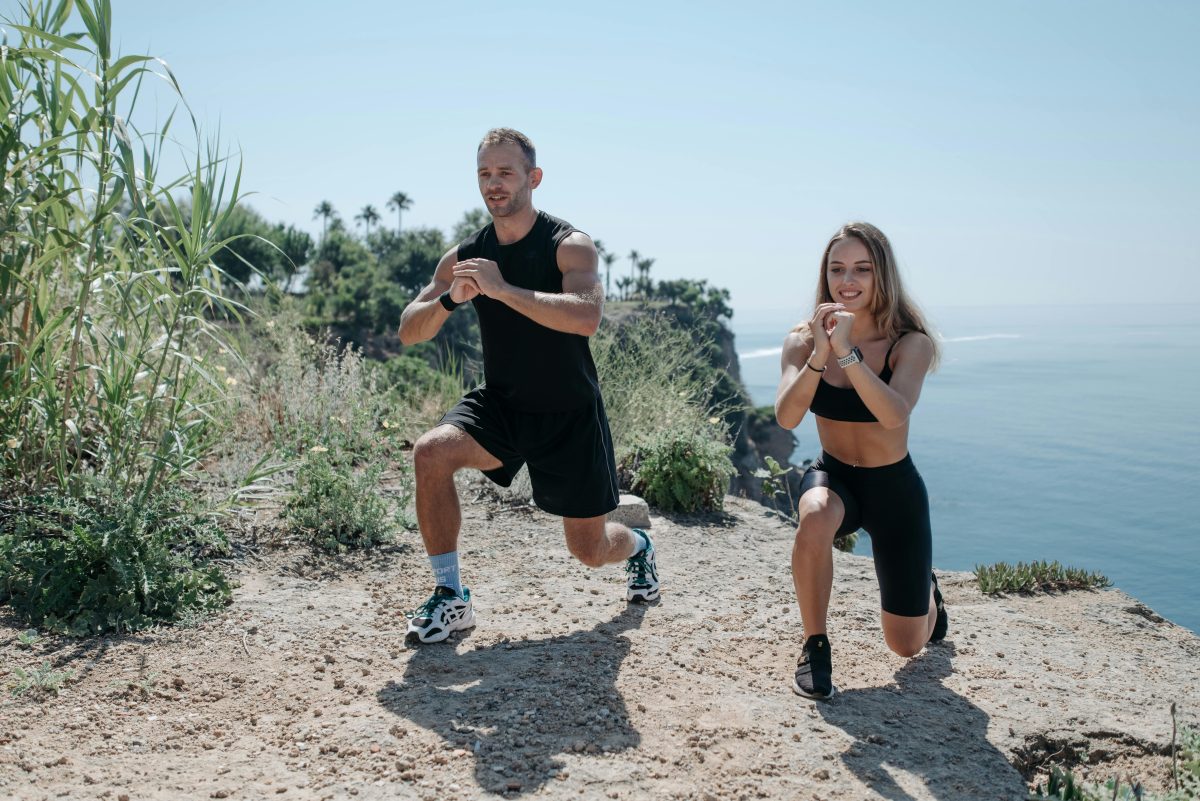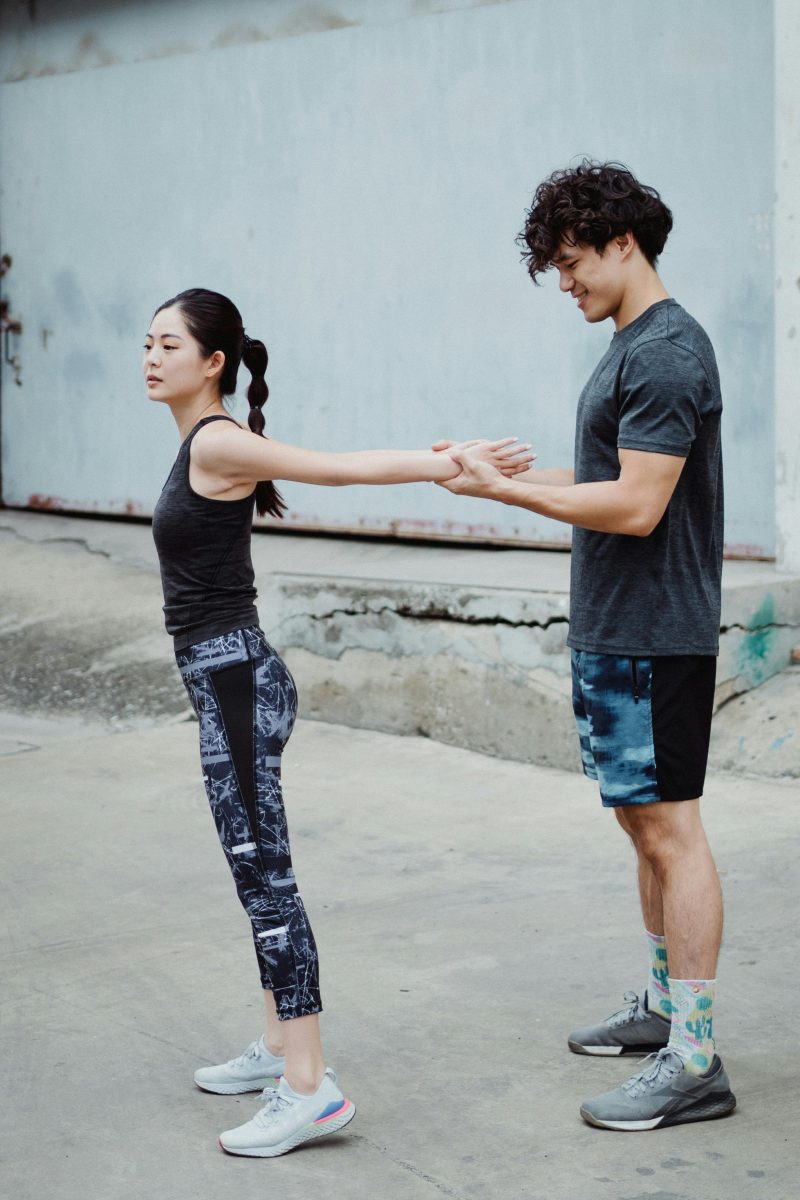Last Updated on: 14th July 2024, 09:29 am
Introduction to Outdoor Workouts

Outdoor workouts encompass any physical exercise conducted in natural environments, from parks to mountain trails. Unlike their indoor counterparts, which rely on artificial lighting and climate control, outdoor workouts offer the freshness of open air and the unpredictability of weather conditions. This fundamental difference enriches the exercise experience, providing a sensory variety that indoor settings struggle to match.
While indoor workouts have their merits, including convenience and controlled environments, they often lack the invigorating elements of nature. Outdoor exercises, not only challenge the body in diverse ways but also rejuvenate the mind, setting a vibrant stage for the exploration of their numerous benefits.
Boosting Mental Health and Well-being

- Natural Light Exposure: Aids in Vitamin D synthesis, crucial for bone health and immune function, and elevates mood.
- Stress Reduction: Engaging in physical activities amidst nature reduces stress, anxiety, and depression levels.
- Enhanced Self-esteem: The beauty and tranquility of natural settings boost self-esteem and overall mood.
Thus, outdoor workouts do more than just sculpt the body; they heal the mind and enrich the spirit, offering a holistic approach to health that indoor exercises simply cannot replicate. Embracing the great outdoors for physical activity is not just a choice; it’s a pathway to a more fulfilled and joyful life.
Physical Health Advantages of Outdoor Workouts

- Increased Energy Expenditure: Varied terrains lead to higher calorie burn and improved muscle tone.
- Cardiovascular Health: Activities like cycling, running, and hiking in fresh air strengthen the heart and improve lung capacity.
- Immune System Strengthening: Exposure to diverse environments and microbes bolsters immune defense.
Engaging in outdoor workouts is not just about pushing physical limits; it’s about embracing the elements and allowing nature to sculpt a stronger, healthier version of ourselves. The varied terrains challenge us, the fresh air invigorates us, and the exposure to a myriad of natural elements strengthens our immune system. It’s a holistic approach to fitness that enriches both body and soul.
Social and Community Benefits

- Group Activities: Strengthen physical health and weave a fabric of social support and camaraderie among participants.
- Sense of Belonging: Transforms exercise from a solitary chore into a social event to look forward to.
- Social Connections: Extend beyond the workout sessions, fostering a supportive environment.
Ultimately, the social and community benefits of outdoor workouts contribute significantly to our overall well-being. They offer a unique blend of physical health advantages and mental health support, enriching our lives in a holistic manner. By engaging in group activities amidst nature, we not only enhance our fitness but also nurture our social connections, reinforcing the foundation for a happier, healthier life.
Environmental and Economic Benefits of Outdoor Workouts

Outdoor workouts stand out not just for their health perks but also for their environmental and economic advantages. By stepping outside, we significantly reduce our reliance on gym resources and electricity. This shift not only lessens our ecological footprint but also promotes a sustainable lifestyle. The fresh air and natural light replace the need for artificial cooling and lighting, embodying an eco-friendly approach to fitness.
Moreover, the minimal equipment required for most outdoor exercises lowers financial barriers, making fitness accessible to a broader audience. Whether it’s a run in the park, bodyweight exercises, or yoga under the sky, the great outdoors offers a gym-free solution to staying fit. This inclusivity fosters a healthier community, encouraging more people to embrace an active lifestyle without the burden of high costs.
Embracing outdoor workouts also means playing a part in promoting environmental sustainability. By reducing our carbon footprint through decreased energy consumption and equipment use, we contribute to a healthier planet. This conscious choice aligns with a growing global movement towards eco-conscious living, where every action counts towards a larger goal of environmental preservation.
Thus, the shift towards outdoor workouts not only benefits our physical and mental health but also reflects a commitment to economic sensibility and environmental stewardship. It’s a holistic approach that enriches our lives while safeguarding the planet for future generations.
Versatility and Creativity in Workout Routines

Outdoor workouts are a playground for those seeking variety and creativity in their fitness journey. The endless array of activities, from the steady cadence of a run to the exhilarating rush of cycling, caters to every preference and fitness level. Nature’s vast canvas encourages a seamless blend of exercises, ensuring that the act of staying fit never dulls into monotony.
- Each season brings its own unique twist to outdoor workouts. Crisp winter air invigorates the lungs during a brisk jog, while summer’s warmth adds a pleasant challenge to an early morning hike. Adapting to these changes not only keeps the body guessing but also sharpens the mind’s ability to strategize and innovate.
- Spontaneity is the soul of outdoor fitness. A fallen log becomes an impromptu balance beam; a park bench, the perfect prop for step-ups. This creative approach turns every outdoor session into an adventure, fueling both the body’s and the mind’s desire for exploration and growth.
Ultimately, the fusion of versatility and creativity in outdoor workouts does more than just shape muscles and burn calories. It crafts an ever-evolving narrative of personal achievement and joy, proving that the journey to fitness is as rewarding as the destination itself.
In Closing
Embrace the outdoors for a healthier you. This choice marries physical vigor with mental serenity, offering a holistic path to wellness. Outdoor workouts, with their unique blend of challenges and rewards, foster resilience, joy, and a deep connection with nature. They enrich our lives, fortifying body, mind, and spirit, while also nurturing our social bonds and environmental consciousness. Let’s step outside, together, for a journey that transcends fitness, towards a life of fulfillment and harmony.
Benefits of Outdoor Workouts FAQs
Exercising outdoors often provides opportunities for social interaction and community building that indoor workouts might not offer. Group hikes, community runs, or outdoor fitness classes can connect you with others who share similar fitness goals and interests. This social aspect can increase motivation and accountability, making it easier to stick with your exercise routine.
Yes, outdoor workouts can significantly contribute to weight loss efforts. The varied intensity of outdoor activities, such as running on uneven surfaces or hiking uphill, burns more calories than a steady, flat indoor workout. Plus, the engaging and ever-changing environment can increase the duration and intensity of workouts, further aiding in weight loss.
Yes, outdoor workouts can improve sleep quality. Exposure to natural light helps regulate the body’s circadian rhythm, which controls sleep patterns. Additionally, physical activity, especially in natural environments, can reduce stress and anxiety, making it easier to fall asleep and stay asleep.
Outdoor workouts can be just as effective as gym workouts, if not more, due to the varied terrain and environmental conditions. The natural resistance from wind and changes in landscape challenges your body in ways that indoor equipment cannot replicate, leading to improved fitness levels. Moreover, the adaptability required for outdoor exercise can enhance core strength and balance.
Outdoor exercise can significantly improve mental clarity and focus. The natural setting and fresh air help to clear the mind, reducing stress and promoting relaxation. This mental refreshment can improve concentration and cognitive function throughout the day.
The time of day can significantly impact the effectiveness and enjoyment of outdoor workouts. Morning workouts can boost your metabolism and mood for the day ahead, while evening workouts can help reduce stress and improve sleep quality. However, it’s important to consider weather conditions and personal safety, especially when exercising in extreme temperatures or low-light conditions.
Many people find outdoor exercise to be more motivating than indoor exercise. The changing scenery and fresh air can make physical activity more enjoyable, which may encourage longer and more frequent workouts. Additionally, the sense of accomplishment from overcoming natural elements can boost motivation to exercise.
Outdoor workouts reduce the need for electrically powered fitness equipment and air conditioning, lowering your carbon footprint. By utilizing natural landscapes for exercise, you contribute to the conservation of energy and resources. Furthermore, outdoor activities can increase environmental awareness and appreciation, promoting conservation efforts.
Outdoor workouts can lead to improved mental health by reducing symptoms of depression and anxiety. Being in nature and getting fresh air increases levels of serotonin and endorphins, chemicals in the brain that boost your mood and promote a sense of well-being. Additionally, sunlight exposure during outdoor activities increases Vitamin D levels, which is crucial for bone health and immune system function.
The most beneficial outdoor workouts are those that combine cardiovascular exercise, strength training, and flexibility, such as running, cycling, swimming, and yoga in the park. These activities not only provide a full-body workout but also ensure that you are engaging with varied terrains and environments, which can enhance the workout’s effectiveness. Choosing activities you enjoy can also increase the likelihood of maintaining a regular exercise routine.
Orlando is a all round athlete from Australia, now resident in Germany. His sports of passion of American Football(Offensive line), weight training and indoor rock climbing where he uses his 195cm wing span to his advantage.



